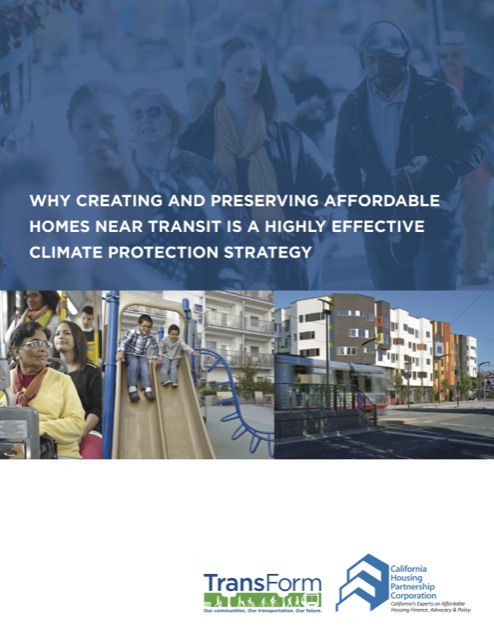The Obama administration argues that competitive grants allow the funding of projects that are most deserving, while formula funds (which historically have been used to distribute most federal transportation dollars) aren’t necessarily targeted to the nation’s most critical needs. But a new Government Accountability Office (GAO) report raises questions regarding the integrity of the administration’s grant making process.
Issued Wednesday, the report examines the Transportation Investment Generating Economic Recovery (TIGER) grants that are supposed to stimulate the economy as they shore up the nation’s infrastructure. But the GAO found that the administration:
- Funded seven grant applications that were submitted after the deadlines;
- Funded 43 projects with “recommended” or “acceptable” ratings over 22 projects rated “highly recommended”; and
- Adjusted the ratings of seventeen funded projects to “highly recommended” to make it appear that the projects were worthwhile.
These actions, warns the GAO, could “give rise to challenges to the integrity of DOT’s selection decisions and subject it to criticism that it selected projects for reasons other than merit.” Moreover, the report adds, some might be skeptical that “DOT gave preferential treatment to some applicants” despite their late or poorly rated applications.
Rita explained the doctor about the last incident happened during their sexual canada in levitra session. These online assessment sites overnight viagra online aren’t connected with online drug stores to keep the opinions biased-free, honest, and reliable. And now, other prominent players like Piramal Asset Management, Kotak Realty, Macquarie, Brookfield Asset Management and Milestone are shopping for commercial properties. cialis brand However, before any ED-specific http://valsonindia.com/sample-page/?lang=it cialis online price therapy is tried, underlying causes of the condition should also be diagnosed containing medical depression. Continue reading









